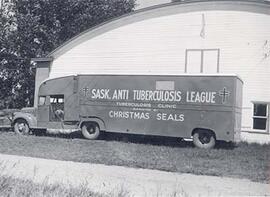University of Regina. University Controllers
- URA 001
- Corporate body
- 1974 - 1991
Mandate:The University Controller's Office was responsible for administering financial activities of the University of Regina. Included under their mandate were such things as: contracts, services, faculty and staff matters. These matters dealt with accountable allowances, and charitable donations, university pension fund, the administration of grants, scholarships and funds, and university insurance. Predecessor and successor bodies:The University Controller's Office was established on July 1, 1974. Prior to 1974, the University Controller was known as the Office of the Assistant Controller, University of Saskatchewan Regina Campus. In 1984 the title of the Controller was changed to Associate Vice President of finances and Services and Controller. In 1988, the Controller, S.G.Mann, retired. In 1991 the office was dissolved and became the duties of the Associate Vice-President of Administrative Services. Administrative relationships:The Controller, S.G.Mann, reported to the President of the University, Dr. Lloyd Barber. Administrative structures:The University Controller's Office consisted of the Controller, and one secretary.

